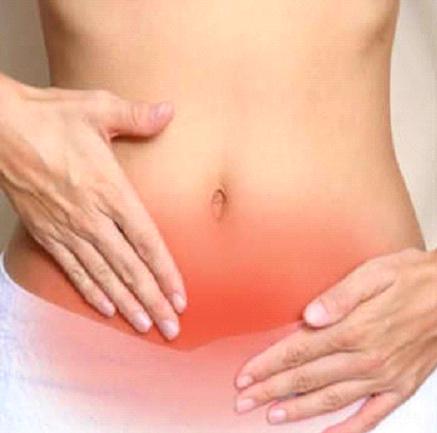Uterine Fibroids Symptoms, Causes, Diagnosis and Treatment

What Are Uterine Fibroids?
The uterus is a part of female reproductive system and develops fetus during pregnancy. Fibroids often develop in uterus and are benign i.e. they rarely, or never, leads to uterine cancer. The size of fibroids could be as small as one-fourth of an inch or as large as sweet melon. In many cases, more than one fibroid is reported in women. At times, uterine fibroids can make the uterus large making it looks like the uterus of a 5-month pregnant woman. When estrogen levels rise, fibroids significantly increase in size. Estrogen is a female hormone that increase in quantity usually during pregnancy and significantly fall after menopause.
What Are The Symptoms Of Uterine Fibroids?
In most cases, no symptoms evolve during uterine fibroids. However, symptoms may vary according to the size and location of the fibroids and the following symptoms are likely to evolve:
- Urine at frequent intervals.
- Excess bleeding in menstruation.
- Constipation.
- Pain or pressure in pelvis.
- More than normal periods of menstrual bleeding.
- Back ache.
- Leg pain.
Three types of fibroids exist including intramural, submucosal and subserosal fibroids. The symptoms will depend on the type of fibroids developed. Fever may also often show up but this is very rare.
What Causes Uterine Fibroids?
It is not clear why uterine fibroids develop but the following factors are likely to cause uterine fibroids:
- Estrogen and progesterone are two female hormones that lead to an increased size of fibroids.
- Insulin-like growth factors often leads to enlargement of fibroids.
- Changes in the genes of women. Moreover, uterine fibroids are likely to run in families.
What Are The Risk Factors Of Uterine Fibroids?
Apart from pregnancy, there are some other factors that increase the risk of uterine fibroids:
- Black women tend to have uterine fibroids of much larger sizes and usually at an early age.
- Inheritance i.e. sister or mother having uterine fibroids.
- Consumption of less fruits and vegetables but more red meat.
- Drinking alcohol.
What Are The Complications Of Uterine Fibroids?
Since the fibroids are benign, they are rarely dangerous. However, the following complications are likely to arise:
- Anemia in response to blood loss.
- Infertility.
- Pregnancy loss.
- Difficulty in implantation and growth of embryo.
- Distortion in fallopian tubes.
How Are Uterine Fibroids Diagnosed?
During random pelvis checkups, doctors usually recognize an unfamiliar shape of the uterus.
The following tests may then be required to diagnose uterine fibroids:
- Blood count test.
- Ultrasound.
- Hysteroscopy.
- Magnetic resonance imaging or MRI.
- Hysterosonography.
How Are Uterine Fibroids Treated?
Treatment is usually not required due to several reasons including:
- Uterine fibroids are non-cancerous.
- They don’t usually grow and even if they do, growth rate is very slow.
- Go away after menopause.
However, treatment options are still available to prevent complications:
- Medications like Nonsteroidal anti-inflammatory drugs, progestin-releasing IUD, Gn-RH agonist and progestin.
- Myolysis.
- Uterine artery embolization.
- Hysteroscopic myomectomy.
- Hysterectomy.
- Other surgeries.
By : Natural Health News




